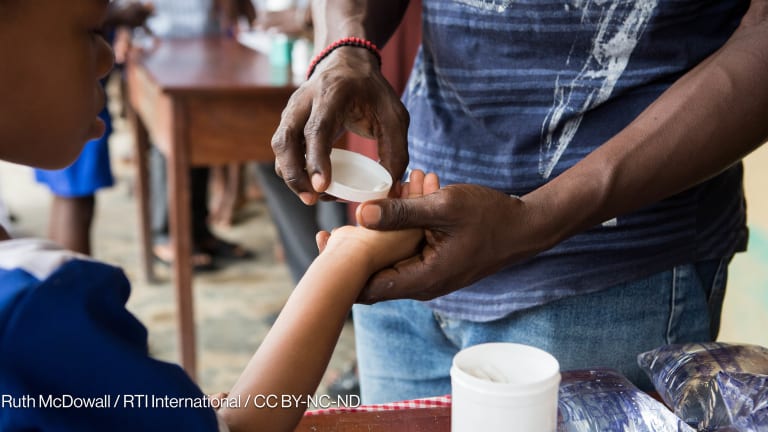The health market is often populated with three players: the government, which heads up overall policy direction; and NGOs and private health care providers that deliver health services where they’re lacking or where there’s weak health infrastructure.
In this ecosystem, however, there’s another set of players whose role is less about directly providing health care, and more about ensuring health care services are available, that health care reaches different segments of the population, and that it is provided within a set of quality standards.
The Center for Health Market Innovations, a platform providing information and analysis on innovative health programs and policies across the globe for the benefit of different actors such as implementers, funders and researchers, identified these players in a recent report as ‘intermediaries’ or those organizations that, in a nutshell, build and manage relationships between government, health care providers, vendors and patients to create better coordination, savings and continued access to care for the population.
This story is forDevex Promembers
Unlock this story now with a 15-day free trial of Devex Pro.
With a Devex Pro subscription you'll get access to deeper analysis and exclusive insights from our reporters and analysts.
Start my free trialRequest a group subscriptionRead more stories on Making Markets Work:
► PPPs key to improved health access in Africa
► Big questions remain about global contraceptive access
► Putting health workers front and center: 3 lessons on innovative partnerships
► People, partners and persevering — collaborations to tackle chronic illnesses
► Thanks but no thanks: Why MSF is rejecting donated vaccines from Pfizer








